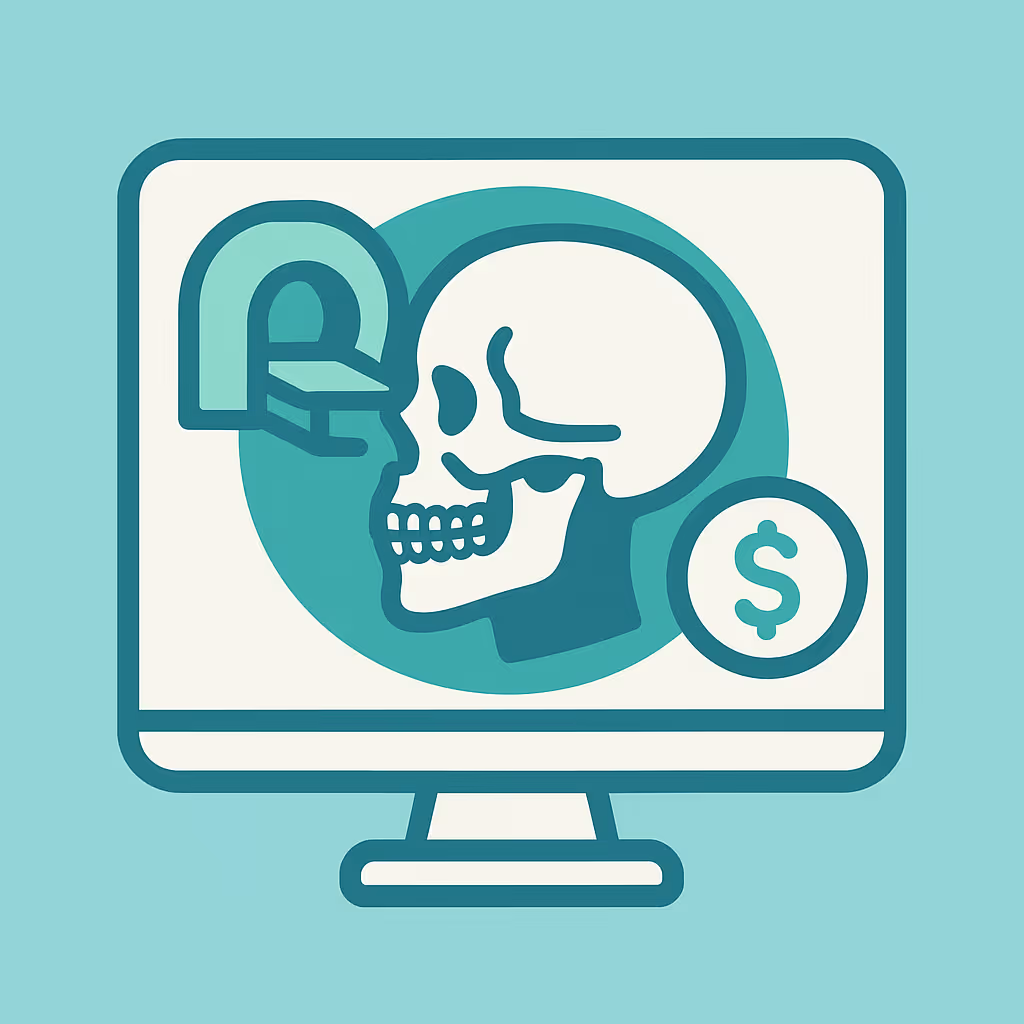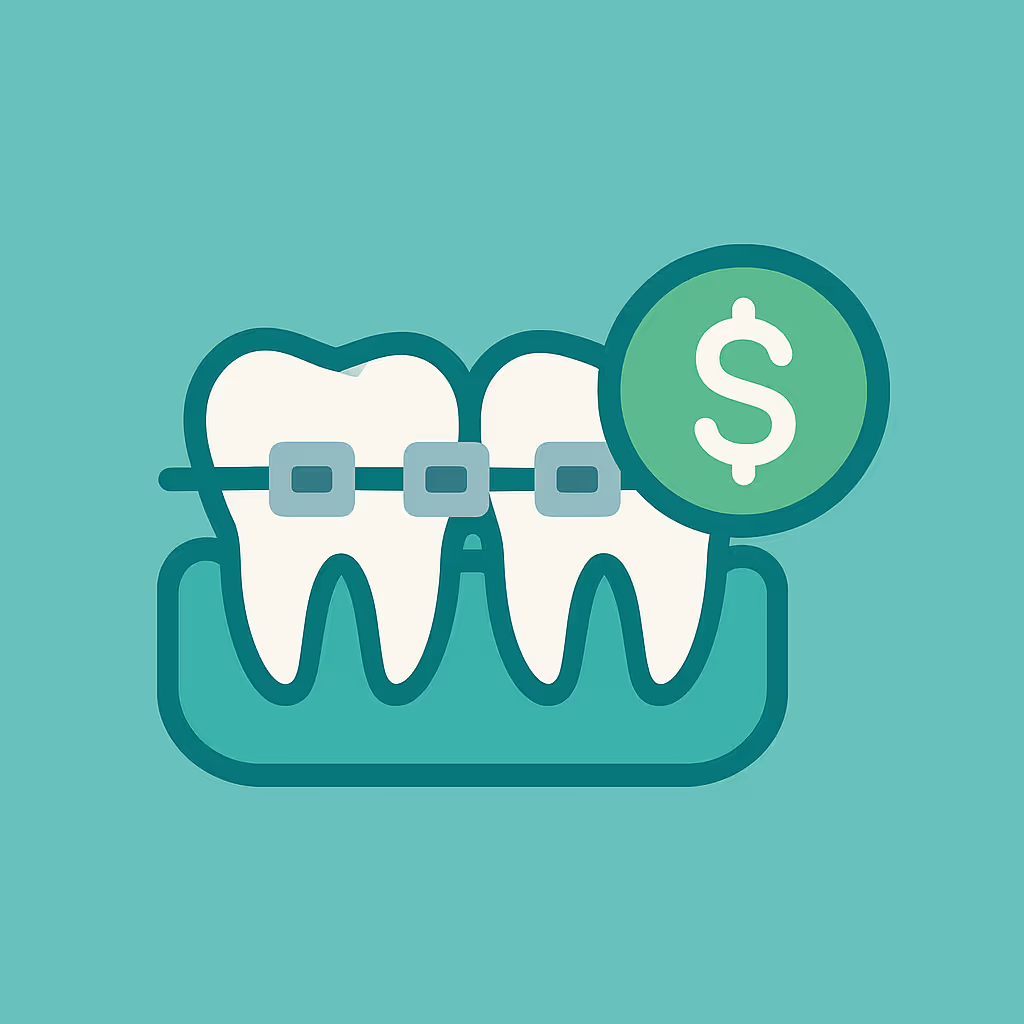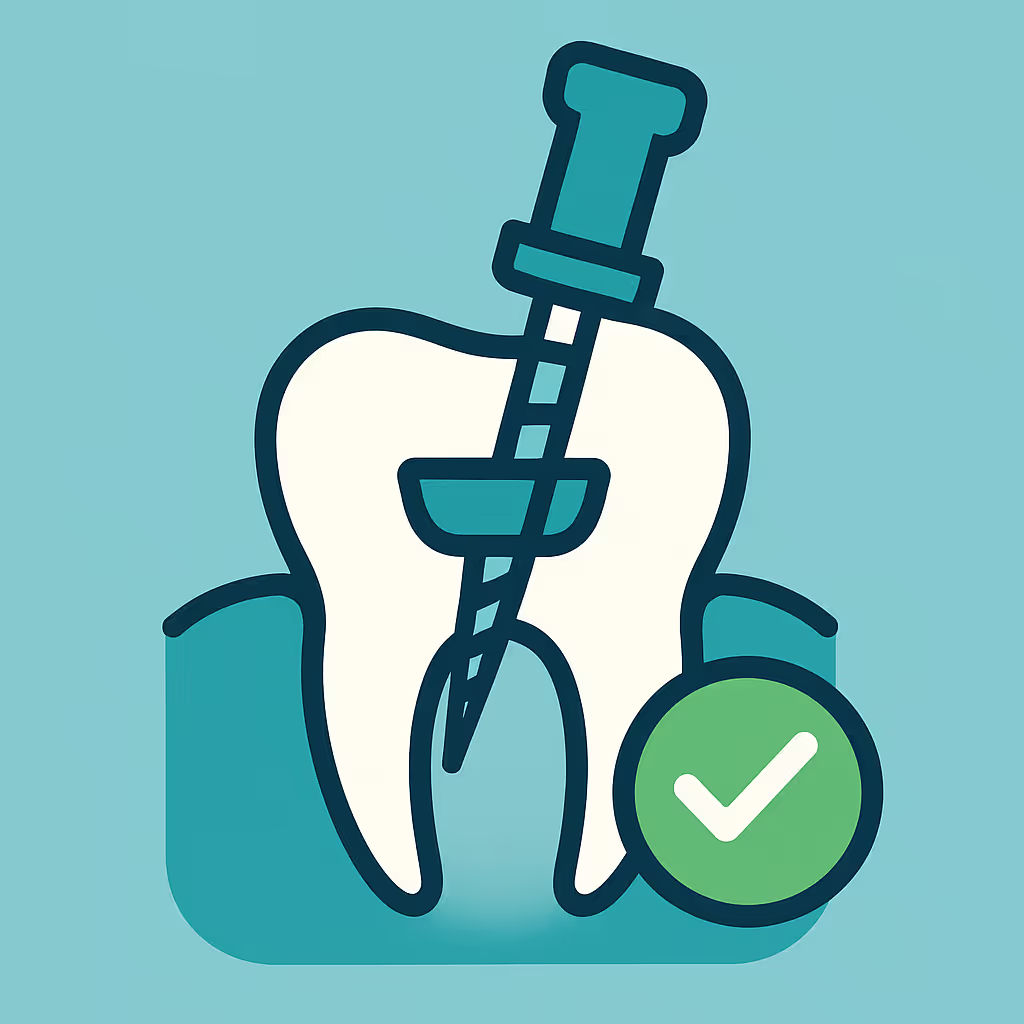Understanding Dental Code D6104
When to Use D6104 dental code
The D6104 dental code is designated for a bone graft performed at the time of dental implant placement. This CDT code is specifically used when bone augmentation is necessary to ensure the stability and integration of the implant. Unlike other bone graft codes, D6104 should only be reported when the graft is placed simultaneously with the implant, not as a separate, staged procedure. Dental teams should avoid using this code for grafts performed at extraction sites or for ridge preservation—those scenarios require different CDT codes, such as D7953 for bone graft for ridge preservation.
Documentation and Clinical Scenarios
Accurate documentation is essential for successful reimbursement of D6104. Clinical notes should clearly indicate:
- The necessity for bone grafting at the time of implant placement
- The specific site and tooth number
- The type and quantity of graft material used
- Radiographic evidence supporting the need for augmentation
Common clinical scenarios include cases with insufficient bone volume or density at the implant site, often due to previous tooth loss, periodontal disease, or trauma. Documenting the clinical rationale and including pre- and post-operative radiographs will strengthen your claim and reduce the risk of denials.
Insurance Billing Tips
Billing D6104 requires attention to detail and proactive communication with payers. Here are best practices for dental billing teams:
- Verify coverage: Many dental plans consider bone grafting at implant placement to be a separate benefit or may exclude it altogether. Always verify benefits before treatment and document payer responses in the patient’s record.
- Submit supporting documentation: Attach clinical notes, radiographs, and a narrative explaining the medical necessity of the graft. This increases the likelihood of claim approval.
- Use correct coding: Do not unbundle procedures. Only use D6104 when the graft is performed at the same appointment as the implant placement.
- Appeal denied claims: If an Explanation of Benefits (EOB) denies coverage, review the denial reason, supplement your appeal with additional documentation, and reference the CDT code descriptor for D6104.
Example Case for D6104
Case Study: A 55-year-old patient presents for a single implant in the lower right first molar area. Pre-operative CBCT imaging reveals insufficient buccal bone thickness. During the implant placement appointment, the clinician performs a particulate bone graft to augment the site and ensure implant stability. The procedure is documented with detailed clinical notes, annotated radiographs, and a narrative describing the medical necessity. The claim is submitted with D6104, and all supporting materials are attached. After initial insurance denial, the office submits an appeal with additional documentation, resulting in successful reimbursement.
This example highlights the importance of thorough documentation, correct code selection, and diligent follow-up in maximizing reimbursement for D6104 bone grafts at the time of implant placement.





